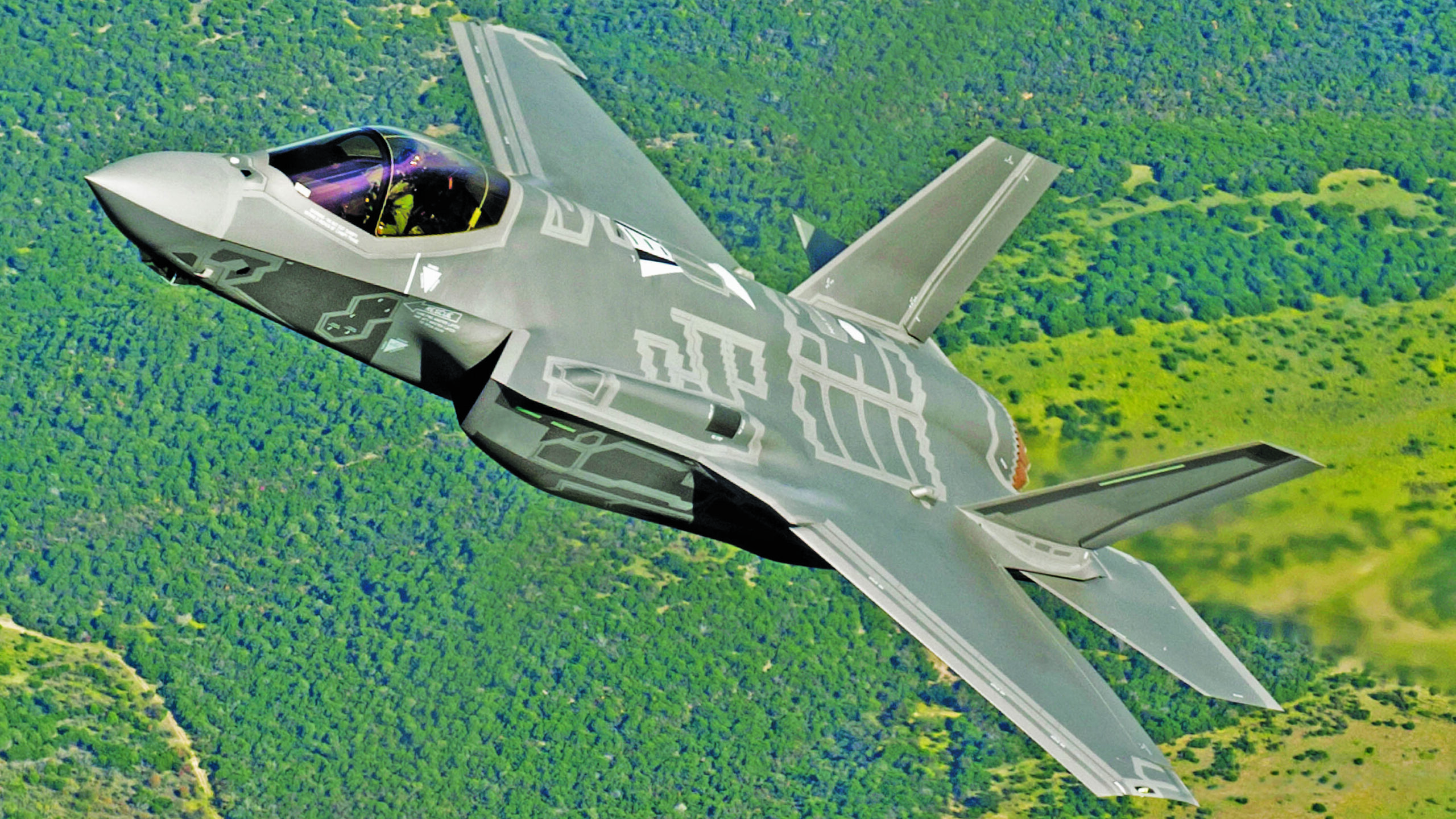Defense officials in Romania say they plan to buy the U.S.-made F-35 stealth fighter as part of a major overhaul of their air force. Romania becomes the latest NATO member, and the latest in Eastern Europe, to opt for the Joint Strike Fighter. It’s a move almost certainly driven by Romania’s desire for greater integration within the alliance, but also owing to Russia’s full-scale invasion of Ukraine — with which Romania shares a 400-mile border — last year.

The latest F-35 plan was announced today by the country’s Supreme Council of National Defense, or CSAT, an autonomous administrative authority with responsibility for defense and security decisions of this kind. CSAT issued the following statement:
“Having robust, credible, interoperable, flexible, and efficient air defense operational capabilities … as part of our commitments as a NATO and EU state is key to Romania meeting its defense policy objectives … The air force’s modernization process will continue through the acquisition of latest-generation F-35 jets.”
Approval for the F-35 buy will need to be secured from the Romanian parliament, too.
It seems the Romanian Ministry of National Defense is already set on the idea of the F-35 as its future fighter, meanwhile.
Last month, Maj Gen. Teodor Incicaș, the chief of the General Directorate for Armaments within the Romanian Ministry of National Defense, announced the aim to “take the first steps to sign a contract” for an undisclosed number of F-35s this year or next, with the first examples entering service sometime after 2030.
Currently, the backbone of the Romania Air Force’s fighter fleet is provided by the F-16, with 17 secondhand aircraft having been acquired from Portugal in two batches.

“The acquisition of the F-16 is an intermediate stage toward the introduction of a fifth-generation aircraft, that is, the F-35,” Incicaș said at the time, on a defense ministry podcast. “The Romanian Armed Forces aims to get the first operational capability, the first squadron of F-35 aircraft, after 2030.”
Maj. Gen. Incicaș pointed out that the F-35 procurement will be an expensive endeavor. He explained that this will be true not just in terms of buying the jets themselves, plus training, weapons, and support packages, but also in terms of the kinds of investments that will need to be made in local infrastructure.
A Romanian operating base, or bases, will have to be selected for the F-35, and extensive construction and improvement works undertaken there to ensure that the jets can be operated and maintained there. Romania’s Cold War-era airbases have not required extensive work to make them suitable for the F-16, but the F-35 will bring with it much greater infrastructure demands.
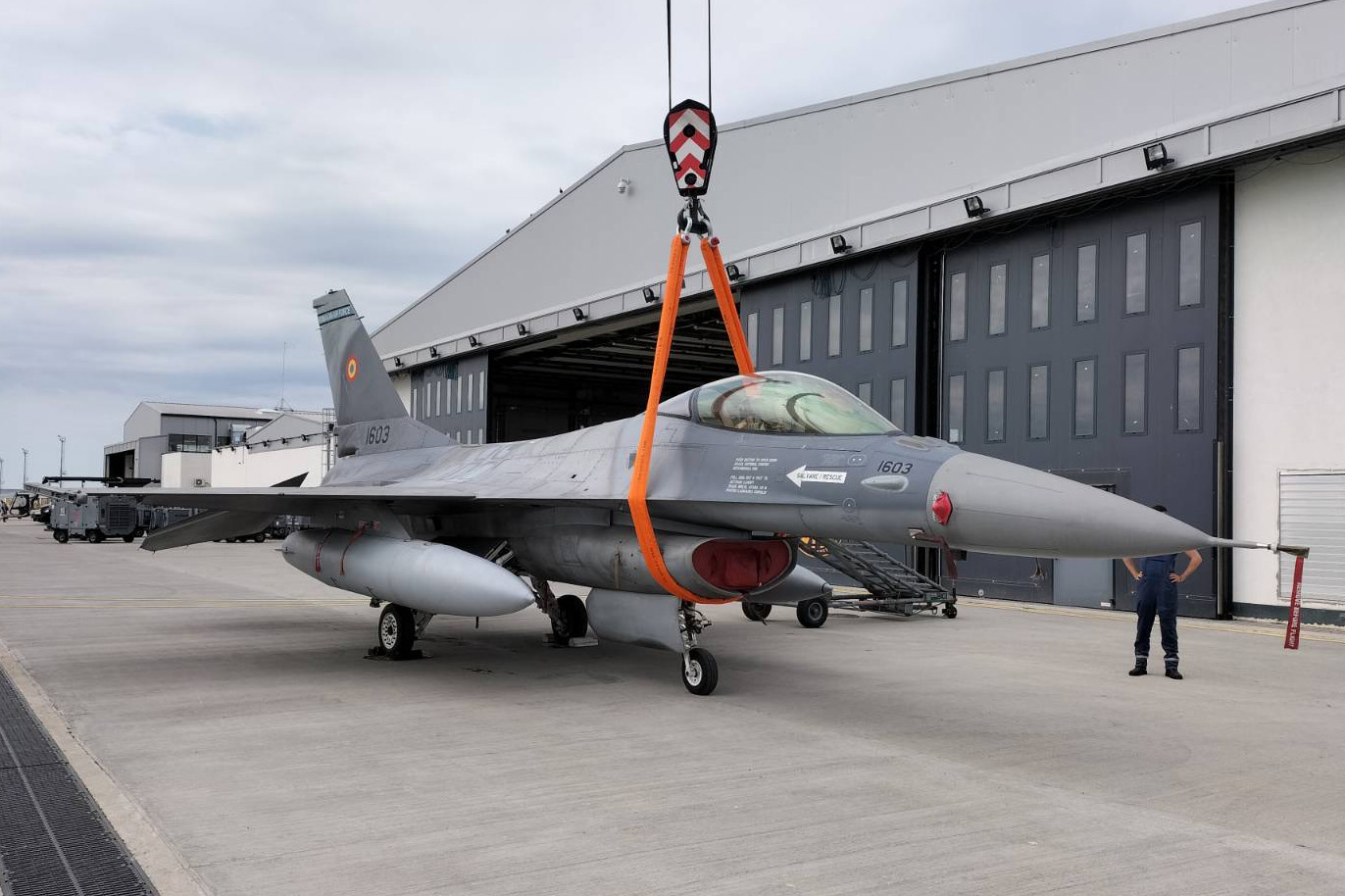
The Romanian Air Force currently operates 17 upgraded F-16AM/BM jets, which were acquired in two batches from Portugal, the same aircraft having previously served with the U.S. Air Force before that. After overhaul in Portugal, the first batch of 12 jets was delivered to Romania in 2016 and 2017, while the second batch of five aircraft was transferred to Romania in 2020 and 2021.
Last year, meanwhile, the Norwegian Defense Materiel Agency announced it had signed a contract with Romania for the sale of 32 former Royal Norwegian Air Force F-16AM/BMs. The deal was valued at around $385 million and included modifications to the latest M6.5.2 software configuration used by Romania. Other former Norwegian F-16s were sold to Draken International, the adversary air support contractor, as you can read about here.
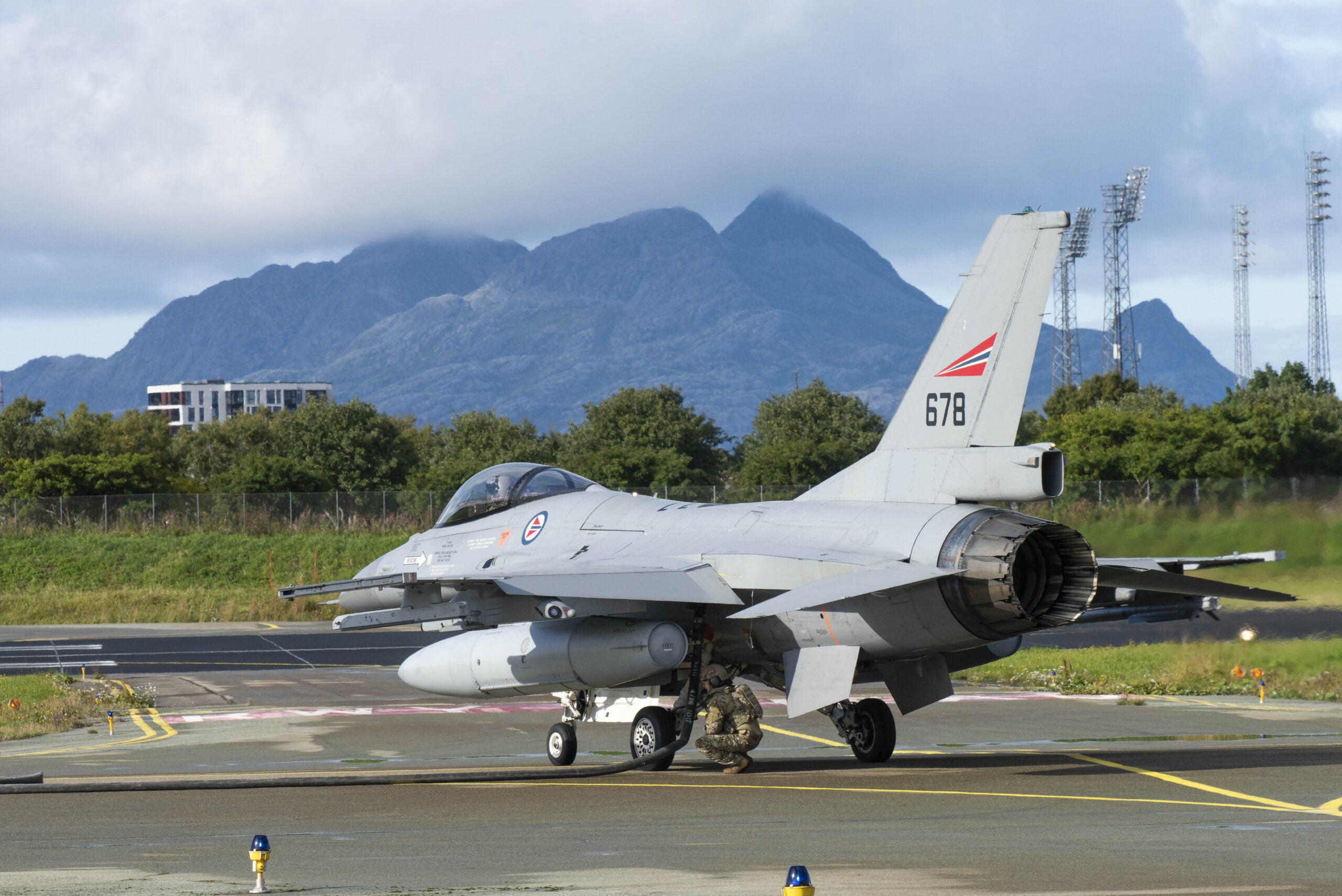
At one point, deliveries of the former Norwegian jets to Romania were expected to begin in 2022. So far, however, there has been no sign that transfer of those aircraft is imminent and there has even been speculation that they might be being held back for possible diversion to Ukraine — providing the U.S. government relents and approves such a deal, which currently looks like a fairly remote prospect.
If or when the additional 32 aircraft will be delivered to Romania — providing enough for a total of three squadrons — is currently unclear, but either way, the F-16 is set to remain the country’s premier fighter jet until the F-35 arrives sometime after 2030. The remaining service life of the former Norwegian F-16s is reportedly 10-15 years, sufficient for them to serve as “intermediate” fighters until replaced by stealth jets.
The urgency to receive more F-16s was somewhat reduced after the decision was taken to return the MiG-21 LanceR fighter jet to Romanian Air Force service, exclusively for air defense operations, reversing an earlier move to withdraw these modernized Cold War-era aircraft.
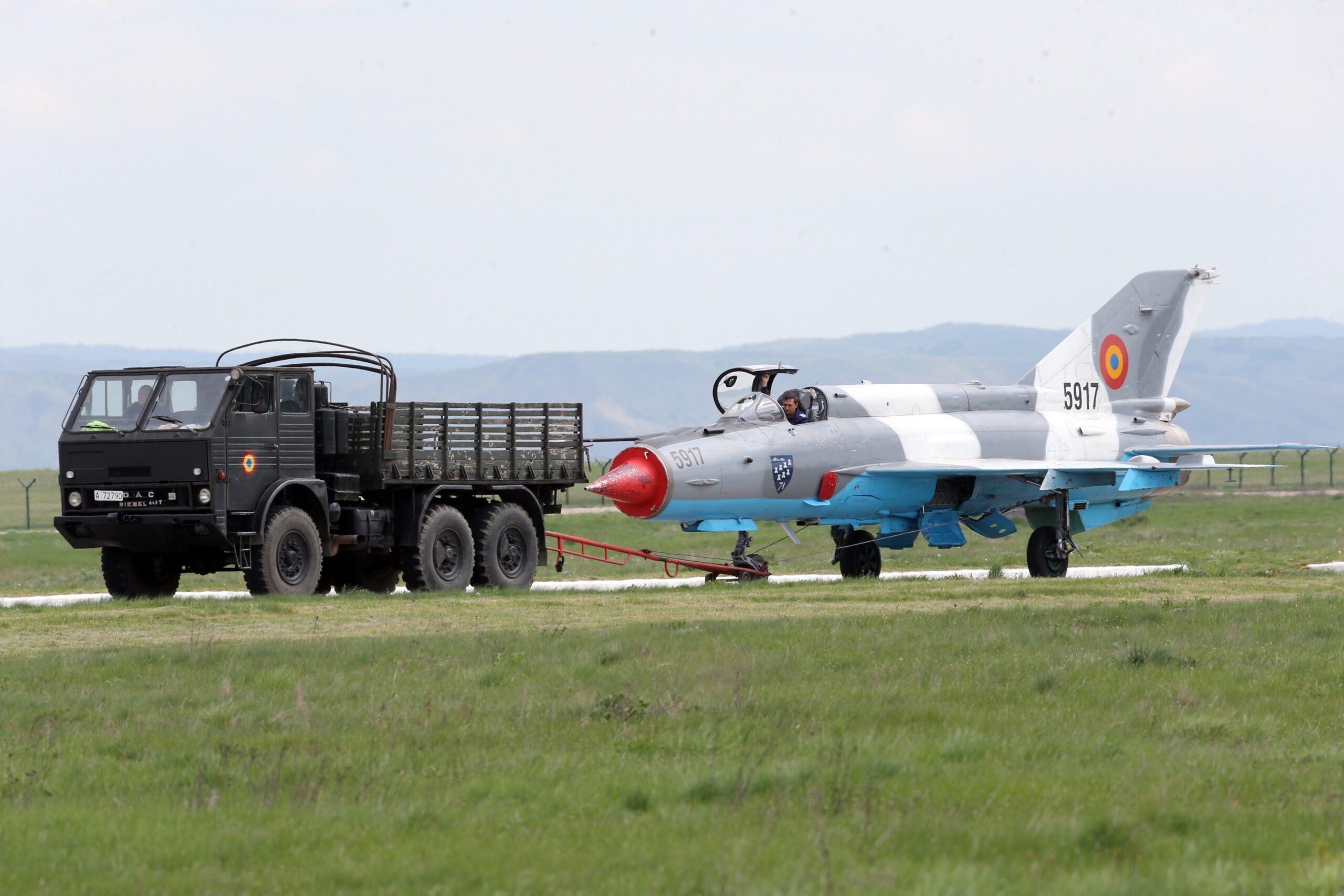
Romania announced in April 2022 that its remaining LanceR jets would be permanently grounded, after flying operations ceased following a spate of crashes involving the type, the most recent occurring on March 2, 2022.
That plan was then officially jettisoned in May 2022, with the deeply upgraded MiG-21s set to serve for at least another year — until May 15, 2023.
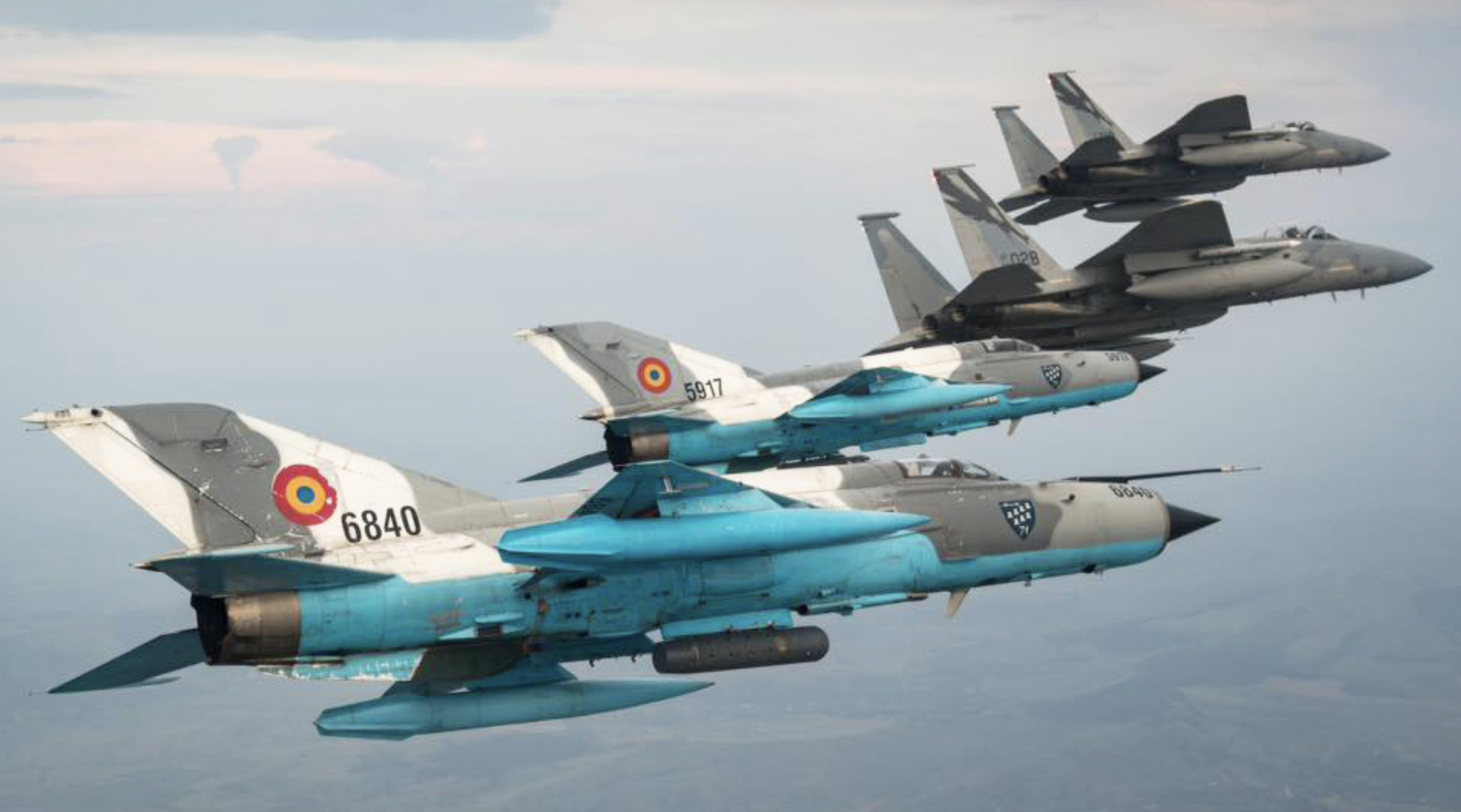
At the same time, Romania’s statement on the reactivation of its LanceR force mentioned its intention to “initiate steps for the fifth-generation aircraft acquisition program,” which has now been formalized with the selection of the F-35 as the preferred fighter.
In fact, the Joint Strike Fighter had been suggested as Romania’s future combat aircraft in February last year, before the current conflict in Ukraine broke out when Romanian President Klaus Lohannis said his country was looking to acquire F-35s in the 2030s. Also in 2022, Lockheed Martin presented an F-35 model in Romanian Air Force markings at the Black Sea Defense & Aerospace 2022 exhibition, held in Bucharest.

It seems highly likely, however, that the war in Ukraine, as well as the generally deteriorating security situation as regards Russia, has helped finalize the defense ministry’s selection of the F-35. With tensions in the Black Sea region at their highest for many years, Romania’s need to rapidly modernize its air combat capabilities beyond the F-16 has taken on a much greater priority.
The Black Sea has been a notable flashpoint of late, including the downing of a U.S. Air Force MQ-9 surveillance drone by a Russian Su-27 Flanker fighter jet and, prior to that, the encounter between a U.K. Royal Air Force RC-135W Rivet Joint spyplane and another Russian Flanker, which ‘released’ a missile under mysterious circumstances. We discussed the latter incident at the time, but more recently it emerged that the incident apparently involved a ‘near-shootdown’ of the British plane.
There are also very real air defense spillover concerns from the conflict in Ukraine in terms of reported Russian missile overflights of Romania. Back in February, multiple Ukrainian defense officials said that cruise missiles fired from Russian ships in the Black Sea entered the airspace of Romania and Moldova. The Romanian defense ministry denied the assertion about its airspace, but the situation nonetheless required MiG-21 LanceRs to be scrambled. The same jets were also called upon to respond to a reported weather balloon in Romanian airspace in the same month, amid reports that Russia is making use of decoy balloons launched over Ukraine, to confuse its radars.
These incidents and the general security situation in the Black Sea region have ensured that other NATO countries now regularly send fighter jets to Romania as temporary deployments to reinforce the local NATO air defenses. Recently, these have included four Italian Eurofighter Typhoons and eight Spanish Air Force EF-18 Hornets based at the 57th Air Base near Constanța. The Spanish deployment came to an end earlier in April, after four months in Romania.
It is also worth noting that, while less publicized than Poland, Romania has also been a very important trans-shipment vector for military aid being sent to Ukraine. This, too, raises potential spillover concerns from the conflict in Ukraine.
For Romania, the plan to procure F-35s makes clear sense in terms of enhancing capabilities, trading the upgraded fourth-generation F-16 for a fifth-generation one with stealth characteristics and the option of including advanced standoff weaponry.

Romania is also not the first Eastern European NATO member to make the same decision after Moscow’s all-out invasion of Ukraine was launched.
In July last year, the Czech government confirmed that it would begin negotiations with the United States with a view to buying 24 F-35s, citing the war in Ukraine, and the surrounding tensions in Eastern Europe, as reasoning for its decision.
With the Czech Republic and now Romania set for entry to the Joint Strike Fighter club, the benefits to NATO in terms of sharing a common platform will only be increased. In Europe now, Belgium, Denmark, Finland, Italy, the Netherlands, Norway, Poland, and the United Kingdom have all ordered the F-35. Greece and Germany are also highly likely to follow suit, and outside of NATO, Switzerland has also selected it.
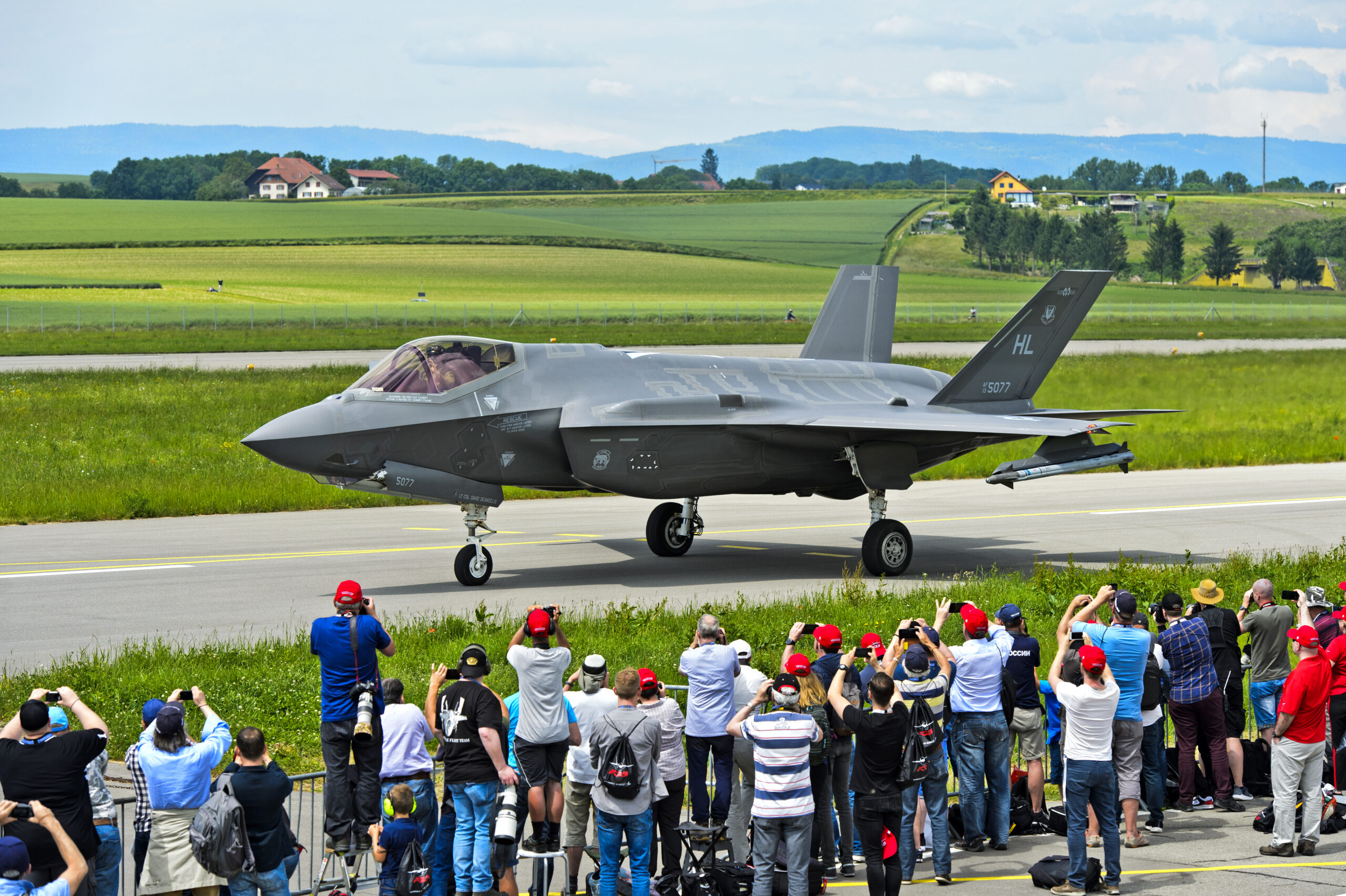
It remains to be seen how Romania’s plans to buy the F-35 develop. While the cost of buying and, above all, sustaining these jets is high and can increase considerably depending on the weapons options chosen, the Romanian defense ministry has not yet announced how many jets it intends to buy and can still weigh up force size and capabilities against its military expenditure.
Whatever happens next, Romania has decided in favor of high-end capabilities to help confront the perceived growing threat from Russia and that’s a trend that is only likely to continue across NATO and in Central and Eastern Europe in particular.
Contact the author: thomas@thedrive.com
